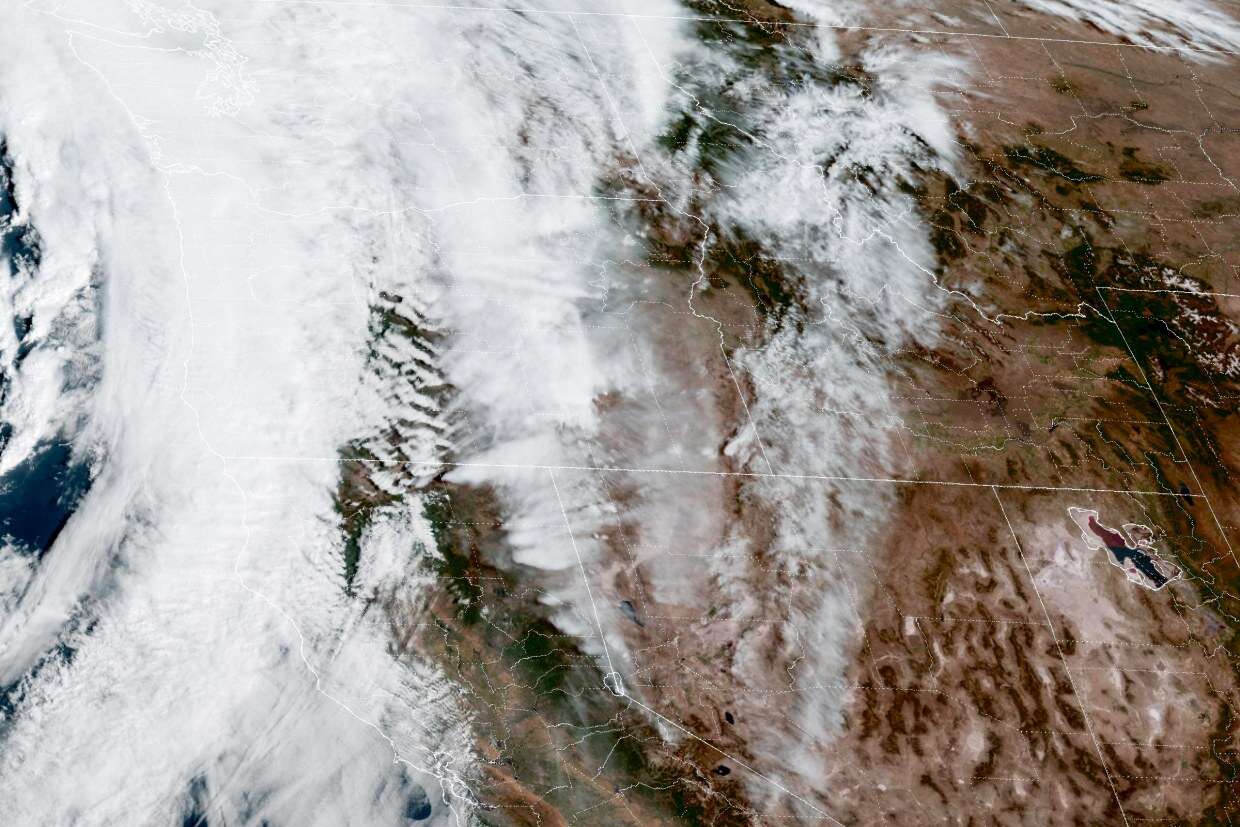An atmospheric river brought much-needed rain to a disastrous wildfire season that could have been worse due to drought.

Wildfire season to end due to the rainfall (Source: NBC News)
River Storm Hits Pacific Northwest
On Sunday, an atmospheric river storm hit the Pacific Northwest, bringing several days of torrential rain that will likely halt wildfire season and provide relief to a drought-stricken region. National Weather Service meteorologist Dev McMillian said Seattle received nearly an inch of rain in 24 hours. The rain comes days after the city’s utilities ordered 1.5 million customers to conserve water due to a regional drought.
The Scripps Institute for Oceanography Centre for Western Water and Extremes predicts flash flooding at the Oregon-California border. Due to the extreme Pacific Northwest drought, the center does not expect river flooding. According to the U.S. drought monitor, over 43% of Washington has experienced “severe drought” or worse. The category applied to 27% of Oregon.
Matthew Dehr, a meteorologist for the Washington Department of Natural Resources fire control section, said several days of heavy rain should end wildfire season in both states’ west. “It’s a pretty big sense of relief,” Dehr added. This will prevent massive timber fires in Washington, which create big smoke events.” Due to dry and windy circumstances, three wildfires near Spokane killed two people and destroyed hundreds of homes in August.
Wildfire Season is Expected to Worsen Due to Drought Season
Dehr said a terrible wildfire season could have been worse. Due to drought, fire risk ratings in areas of the North Cascades and Olympic Mountain ranges reached record highs. “It was a powder keg ready to go, really, and we just got lucky,” Dehr said, adding that lightning strikes caused few fires this year. This storm has reduced the risk of grass fires in the interior Northwest in October, according to Dehr.
Dehr expects the rainfall to alleviate the drought, but forecasts remain cautious as an El Niño winter approaches. The El Niño pattern, linked to dry winters in the Pacific Northwest, has led to reduced snowpacks in the past. Tropical moisture plumes form atmospheric rivers. They can cause harsh weather in California, Oregon, and Washington over thousands of miles of the Pacific Ocean.
Climate warming worsens storms because a warmer atmosphere holds and transports more water vapour. Over a dozen atmospheric river storms caused landslides and major floods in California last winter. The Centre for Western Water and Extremes, which monitors atmospheric rivers, predicted Category 4 storms. Extreme Category 4 storms can improve water supplies but provide hazardous circumstances.
READ ALSO: Air Quality Advisory Due to California and Oregon Wildfire

















































